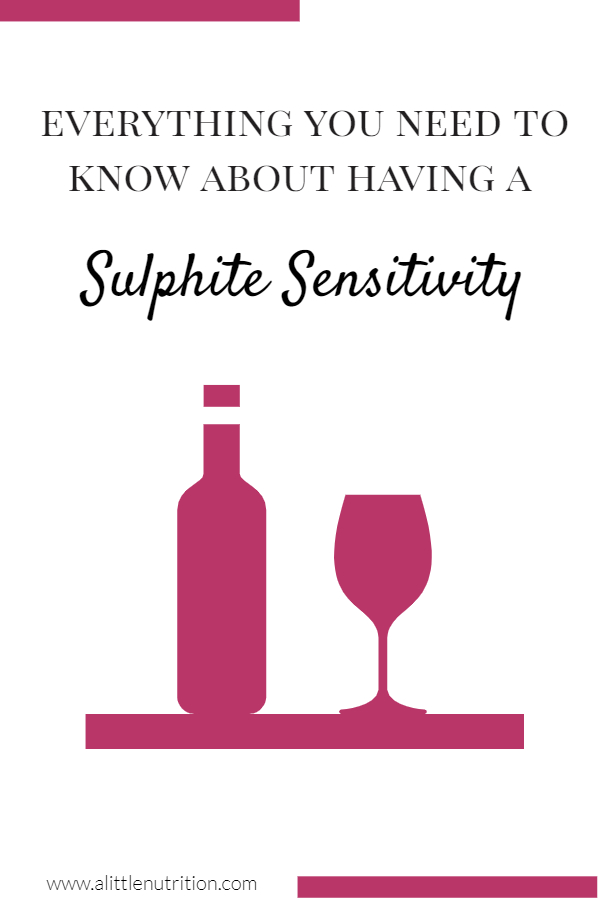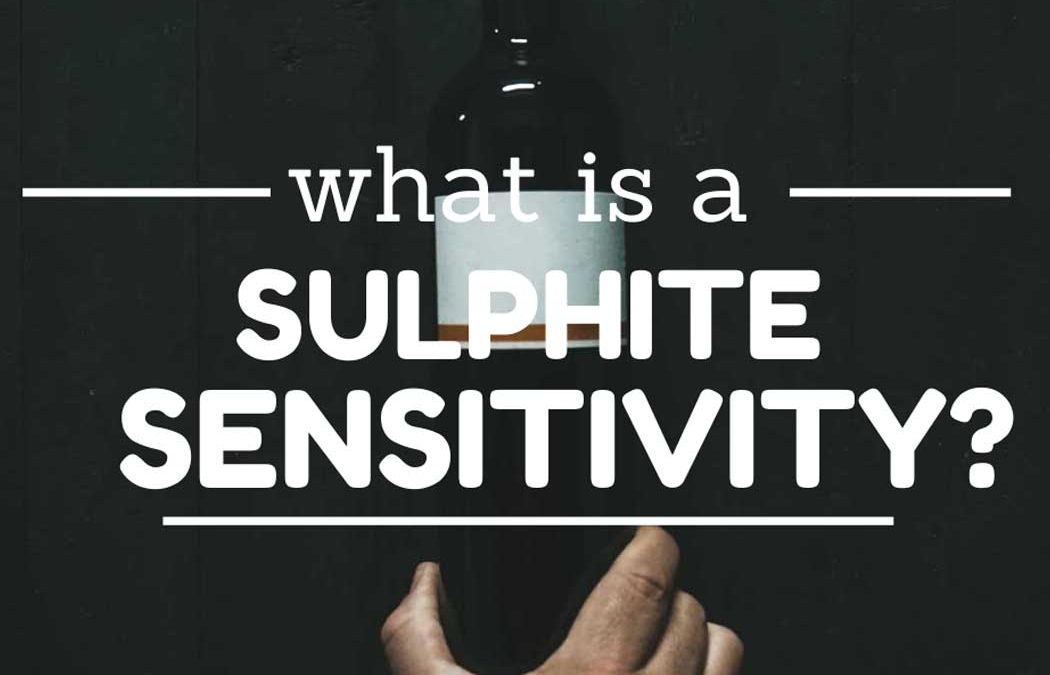Have you heard of a sulphite sensitivity before? A sensitivity is different from an allergy in that it creates an immune response, but not through traditional IgE pathways (think peanut or bee allergy).
Sulphites are one of Canada’s top 10 priority allergens, as they’re known to cause everything from mild to severe allergic-type responses in many people. You may think a sulphite sensitivity is rare when in fact, it affects about 1% of the population and up to 5-10% of those with asthma. Today we’re going to review what sulphites are, what sulphite sensitivity is, and how to avoid them.
What are sulphites?
Sulphites are an inorganic salt used in food preservation for hundreds of years. They prevent browning and discolouration of white and brightly coloured foods and are used in things like dried fruit, shellfish, frozen foods, and condiments.

What are the symptoms of a sulphite sensitivity?
Symptoms of a sulphite sensitivity can vary from person to person and can range from mild to severe. These include:
- Itching or urticaria
- Swelling or angioedema
- Dermatitis
- Eczema
- Flushing
- Low blood pressure
- Abdominal pain
- Diarrhea
- Asthmatic reactions
- Occasionally, severe anaphylactic reactions

How much sulphites does it take to cause a reaction?
Unlike IgE-mediated allergies, sulphite sensitivity appears to be dose dependent and individual, meaning the more you consume, the more severe the reaction is. Sulphite concentrations vary from product to product and will depend on how much of that product you eat, so it is tough to understand how much it takes to produce a reaction fully. For example, you may be able to eat a teaspoon of Dijon mustard with no symptoms, but you wouldn’t be able to drink a glass of wine.
How are Sulphites Labelled?
Contrary to the information you find on the internet, sulphites MUST be labelled when they occur in foods over 10 ppm (parts per million). Sulphites are labelled in the ingredient list or in a ‘contains’ or ‘may contain’ statement on the package and will vary from product to product, but in Canada and the US are typically labelled:
- Potassium or sodium bisulphite
- Potassium or sodium metabisulphite
- Sodium sulphite
- Sodium dithionite
- Sulphurous acid
- Sulphur dioxide
Foods that are commonly sulphited to maintain freshness include:
- Dried fruit
- Condiments
- Frozen fruit and vegetables
- Shellfish* (does not need to be labelled as it is sulphited on the ship as part of the catching process)
- Coconut
- Condiments like soya sauce, balsamic vinegar, Dijon mustard
- Wine

Pin Me For Later

Living Sulphite Free
While it may seem easy enough to read the label, many patients struggle with travel, eating out, and occasionally foods & drugs with hidden sources of sulphites (like shellfish). Working with a dietitian can help!
>>> BOOK AN APPOINTMENT WITH ONE OF OUR ALLERGY EXPERTS <<<
If working with a dietitian isn’t accessible for you, we’ve created an online course taught by a registered dietitian who has a sulphite sensitivity herself!
If you are struggling or suspect you might have a sulphite sensitivity, then you would benefit from this course because it has everything you need to know about living with a sulphite sensitivity!
Check out our new Sulphite sensitivity course.
Living With A Sulphite Sensitivity includes a 1 hour workshop, tons of handouts and resources, a week menu plan and important FAQ’s so you can live sulphite free with ease!






